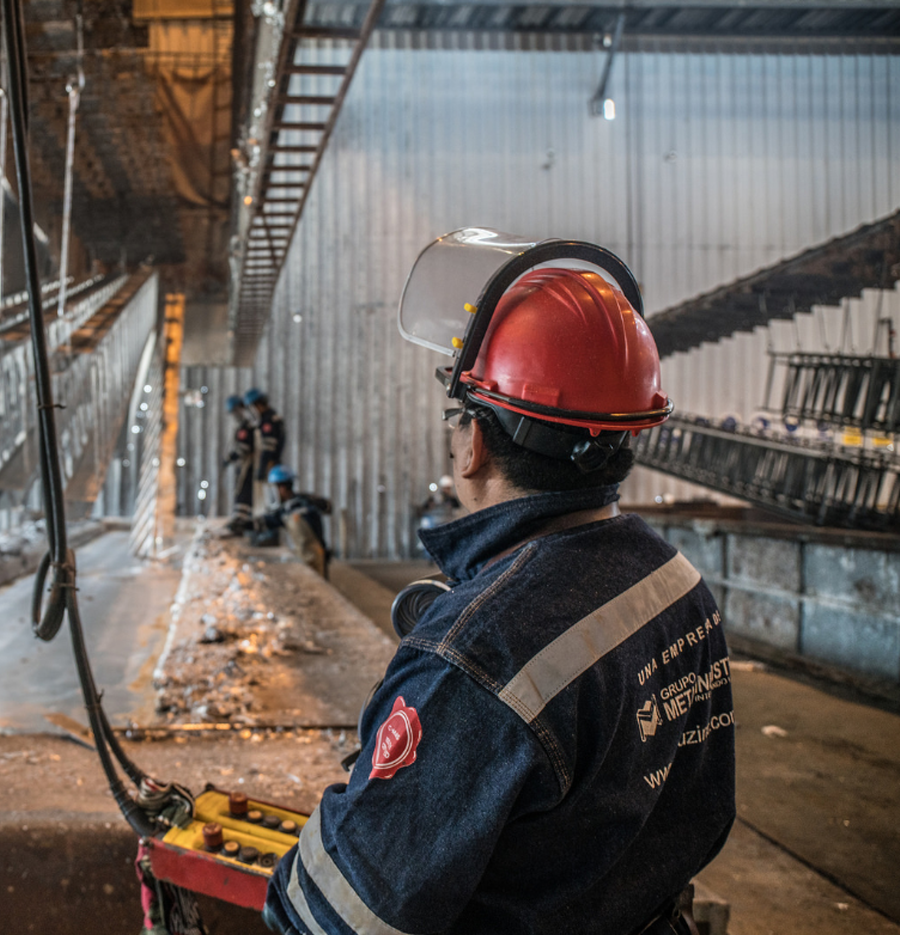
(Bloomberg) — Zinc continued to slide after entering a bear market amid concern about increased supply and declining demand.
The industrial metal fell for a ninth straight session, its longest losing streak in more than three years, to trade at $2,815 a metric ton on Tuesday, the lowest in 10 months. It’s the worst-performing base metal this year on the London Metal Exchange.
“Continuously increasing LME inventories and weak Chinese demand added to worsening zinc fundamentals,” said Casper Burgering, an economist at ABN Amro Bank NV. “Supplies of zinc concentrates will continue rising. As a result, zinc prices will weaken further.”
New production from China and Peru is augmenting global supply while demand is being eroded by escalating trade tensions between the U.S. and its major trading partners, chiefly China. The International Lead and Zinc Study Group said Monday that supplies of refined zinc increased by 2.9 percent in the first four months of the year compared with 2017, while demand for the same period declined by 0.5 percent.
“Whereas production was expanded significantly year-on-year, demand was actually down slightly,” Daniel Briesemann, an analyst at Commerzbank AG, said in an emailed report. “The more comfortable market situation is no doubt partly why the zinc price has been correcting since achieving a multi-year high in February.”
Canceled warrants, which are orders to remove the metal from LME warehouses, have fallen to the lowest since 2012, a possible signal of weakening demand.
Citigroup Inc. forecast Monday that zinc prices have peaked this cycle and will see a “bumpy grind lower.” The bank expects prices to average $2,500 a ton in the second half of the year.
Still, not everyone is so bearish. RBC Capital Markets said that while weakening speculative interest and macroeconomic fears provided a catalyst for the current selloff, the market remains strong.
“We maintain our view that the underlying zinc market is tight and forecast elevated price for two to three years,” analyst Sam Crittenden said.
Copper, lead and tin also fell in London, while nickel and aluminum advanced.
(By Thomas Biesheuvel)